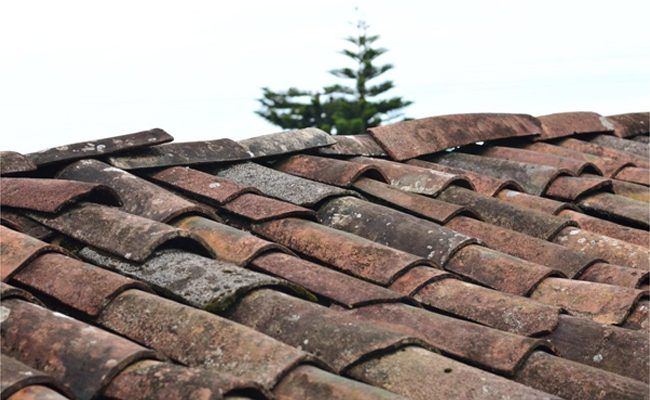
Replacing your roof is a huge undertaking. The removal or replacement of your roof is one of the biggest structural jobs that you could undertake on your home. Not only this, but it is also a costly process. We’ve collated our top 7 tips to replacing a roof to ensure that you’ve got all bases covered and are feeling reassured and confident before, throughout and after the process has completed.
1. Choose the Right Materials
The amount of roofing materials has increased over the past few years, meaning that there are even more options. As well as this, it also means that there are new materials that are better than the more traditional materials in providing your roof with the best degree of protection.
Traditional materials such as asphalt and slate are popular options due to their traditional homely aesthetic. However, many people are now opting for metal roofs. Metal roofing is a new form of roofing that can resemble other materials but are proven to be longer lasting and more energy efficient.
It’s vital to ensure that you consider all of your material options before making a decision on the right material of roofing for your home.
2. Hire a Professional Roofing Contractor
The replacement of a roof is a big job and, if not done correctly, can cause further damage to the structural integrity of your home. It’s important that you do not attempt to replace your roof yourself and you hire a professional roofing contractor. Interested in finding out more about ‘how much does a roof cost to replace’, visit this guide here.
You should always research professional roofing contractors in depth and ask any friends or family for recommendations so that you know you can trust any potential contractor.
3. Schedule the Replacement in Good Weather
It’s important to schedule the roof replacement in good weather as the roof replacement cannot be done if it’s raining. This is due to the fact that more damage would be done if rain seeps through whilst the roof replacement is taking place.
4. Plan for Proper Ventilation
When replacing your roof, it’s important to plan for proper ventilation systems so that your roof doesn’t degrade too quickly. This could be through the installation of Soffits and Fascias to improve ventilation, or other structural roof ventilation systems.
5. Prepare Your Home for the Roof Replacement
During your roof replacement work, your home will become a working area and a building site to some extent. It can be quite stressful for some homeowners if they don’t prepare for this process properly. There are a few simple steps that you can take to prepare your home for your roof replacement, these include:
- Removing wall decorations – There may be some vibrations through the walls of your home whilst your roof is being replaced. This isn’t unusual and is nothing to worry about, but it’s always safe to remove anything valuable from the walls that could be knocked off in the process.
- Relocate your vehicle – Leaving convenient access to your driveway will be a huge help to your roofer. Your roofer will be loading and unloading tools and roofing materials, so it would be more practical if they can be parked as close to the home as possible. As well as this, it avoids any accidental damage to your vehicle too.
- Protect your belongings in the attic – When your roof replacement is underway, dust and debris might fall into the attic. It’s recommended to either cover or remove your belongings from the attic area for the time-being to ensure no damage is caused to them.
6. Plan for the Cost of the Replacement
The UK national average cost of a roof replacement is around £5,500. Most homeowners spend between £3,000 and £18,000 when replacing their roof, with the higher costs being for larger, more complex roofs. Replacing your roof is a very expensive process so it’s always good to ensure you know the ins and outs of all the expenses before the process begins and to budget for it accordingly. See a guide here on costs to replace a roof.
7. Follow Proper Maintenance and Care After the Replacement
There are a few maintenance and care steps that you can take to ensure that your new roof replacement lasts as long as possible and you get the most out of your money.
- Keep your gutters clean
- Remove any debris from your roof
- Inspect for cracked or missing shingles
- Remove any moss or mould
- Check for leaks in the attic and ceiling
- Ensure your loft is fitted with adequate insulation
- Get your roof inspected yearly for any signs of degradation
Conclusion
Despite roof replacements being a big job, they are doable. You should do as much research as possible into the process so you know what to expect, both in terms of the work done and in terms of the costs you may have to pay.
Leave a Reply